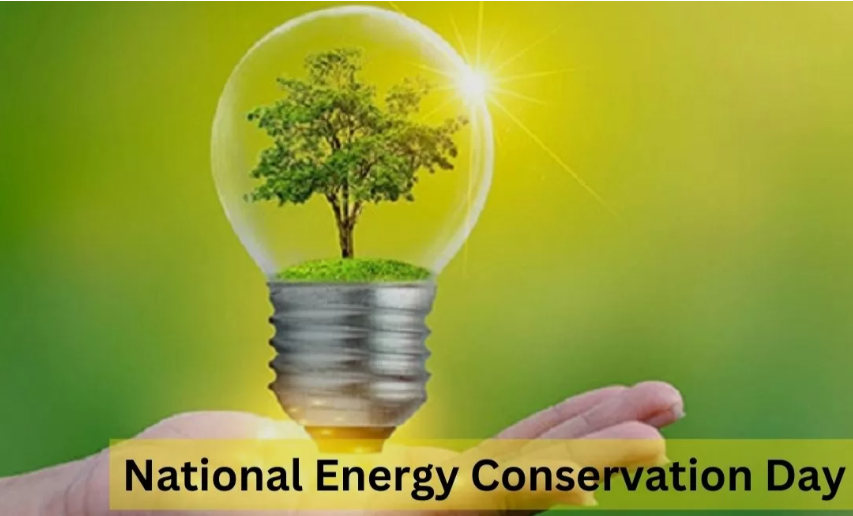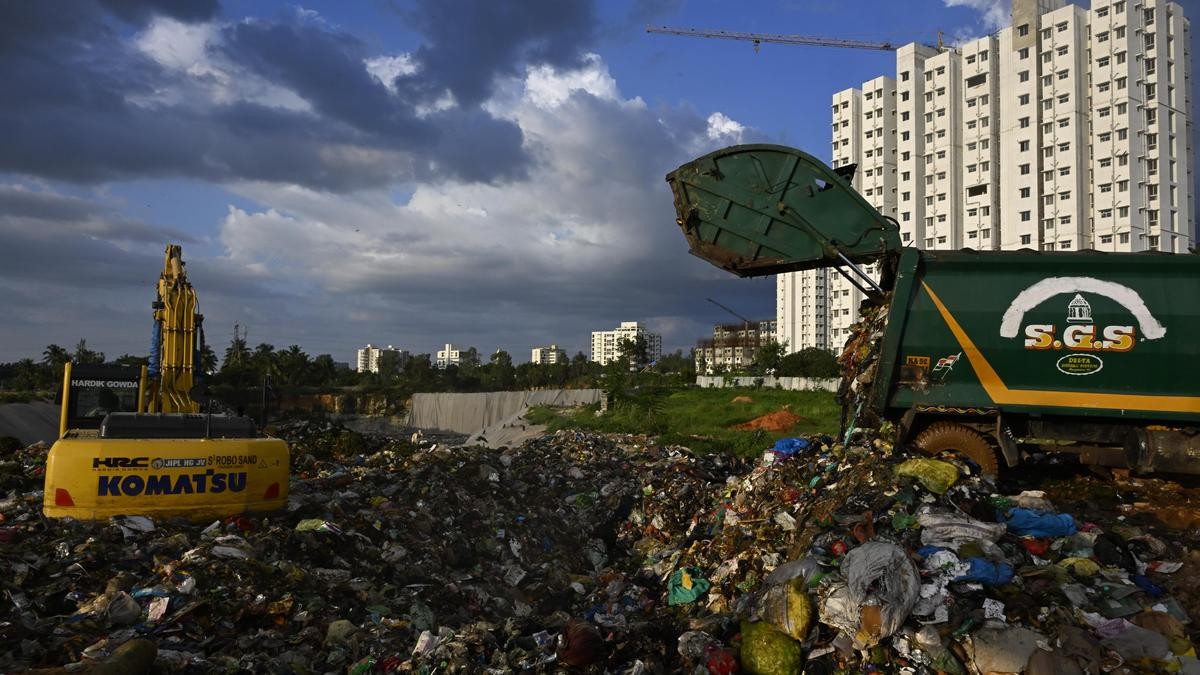




Source: HINDU
Disclaimer: Copyright infringement not intended.
Hydrogen is widely regarded as a clean energy carrier of the future that can help decarbonize various sectors such as industry, transport and electricity.
While green hydrogen produced from renewable energy is promising but expensive, a lesser-known form natural or geologic hydrogen is emerging as a potentially abundant and low-cost alternative.
Recent discoveries including new reserves in France’s Lorraine and Moselle regions and interest in India’s geological formations have reinvigorated global exploration.
Natural hydrogen also called gold hydrogen or white hydrogen refers to hydrogen that is naturally generated and stored within the Earth’s crust.
Sources of Formation
Serpentinisation: Reaction of water with ultramafic rocks.
Radiolysis: Splitting of water molecules due to radiation from radioactive rocks.
Organic Matter Decomposition: Generation from deep buried organic materials.
Volcanic outgassing, hydrothermal vents and coal mines also release natural hydrogen.
Historical Context
In 1987 a borewell in Bourakébougou, Mali unexpectedly released flammable gas.
In 2012 it was identified as 98% pure hydrogen.
This discovery challenged the previous belief that hydrogen’s small size and high reactivity would prevent its accumulation in commercial quantities.
Countries with Active Exploration or Discoveries
France (Lorraine and Moselle)
USA (Kansas, Nebraska)
Australia (Eyre Peninsula, Kangaroo Island)
Spain, Albania, South Korea, Colombia, Canada
US Geological Survey (2022) Estimate
Tens of trillions of tonnes of natural hydrogen may exist globally.
If just 2% is extractable it could meet global hydrogen demand for 200 years.
Favourable Geological Formations
Ophiolite belts: Andaman & Himalayas
Cratonic belts: Dharwar, Singhbhum
Volcanic-sedimentary basins: Vindhyan, Cuddapah, Chhattisgarh, Gondwana
Hot springs & hydrothermal systems
Fractured basement rocks
|
Parameter |
Natural Hydrogen |
|
Emissions |
Near-zero carbon emissions |
|
Availability |
Potentially vast and continuous |
|
Cost |
As low as $1/kg (cheaper than green hydrogen) |
|
Extraction Technology |
Similar to natural gas drilling (less new infra needed) |
|
Energy Independence |
Reduces dependence on fossil fuels and imports |
|
Challenge |
Explanation |
|
Exploration Uncertainty |
Lack of mapping and geophysical data |
|
Scattered Deposits |
Deposits may be too small or dispersed |
|
Lack of Regulatory Frameworks |
No clear policy for hydrogen mining in most countries |
|
Commercial Viability Unknown |
Cost of extraction, storage, and transport is unclear |
|
Technological Readiness |
Drilling, safety, and hydrogen purity need R&D |
Startups and Giants
Koloma (USA): Raised $245 million (Amazon & Gates-backed)
Snowfox Discovery (UK): Funded by BP & Rio Tinto
40+ companies globally involved (up from 10 in 2020)
Scientific Institutions
USGS: Geological hydrogen zone mapping
AAPG: First natural hydrogen committee formed
National natural hydrogen exploration program like ONGC for hydrocarbons.
Public-private partnerships for pilot drilling.
Integration with India’s National Green Hydrogen Mission.
Research on eco-friendly and efficient extraction technologies.
Sources: HINDU
|
PRACTICE QUESTION Q. A global race for natural hydrogen reserves is underway. Analyse the implications of this race on international energy geopolitics and India's strategic interests. 250 words |







© 2025 iasgyan. All right reserved